The International Symposium on Gas Turbine Propulsion Technology hosted by the University of Michigan-Shanghai Jiao Tong University Joint Institute (UM-SJTU JI) was held at Yu Liming Student Center on November 19 and 20. Invited speakers included prominent experts and scholars from China Aviation Commercial Aviation Engine Co., Ltd., the University of Pittsburgh, Purdue University, University of Texas (Arlington), University of Cincinnati, and Shanghai Jiao Tong University. The conference was presided by Chian-Pin Chen, Associate Dean for Academic Affairs.
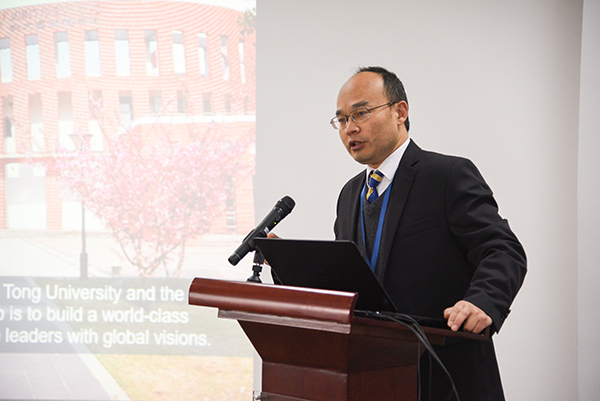
In his opening remarks, Xinwan Li, Associate Dean for Research, pointed out JI’s vision of internationalization, interdisciplinary, and quality and highlighted JI’s research achievements in mechanical, electronic and material engineering in recent years. He thanked the participants for sharing their expertise on aerodynamics and propulsion technologies, which would provide new ideas and accelerated development for China’s aircraft engine technology.
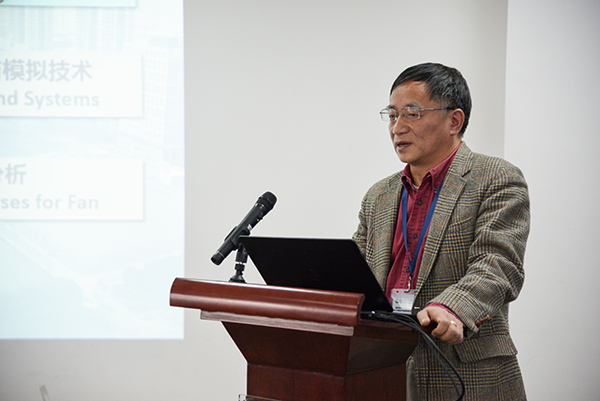
Jinzhang Feng, General Manager of AVIC Commercial Aircraft Engine Co., Ltd., delivered a keynote speech entitled “Some scientific issues and challenges in the R & D of commercial aviation engines.” He briefed attendees on the trends and requirements of technology based on commercial engines and practical issues in engineering designs. He pointed out that there is still a 30-year gap between commercial aviation engines in China and in the United States, and there are a series of technical challenges in the R & D process. At present, there are broad prospects for carrying out applied basic research. Big data and intelligence will bring great opportunities for enhancing the design capabilities of aircraft, simplifying verification tests, shortening the commercialization process, and reducing costs.
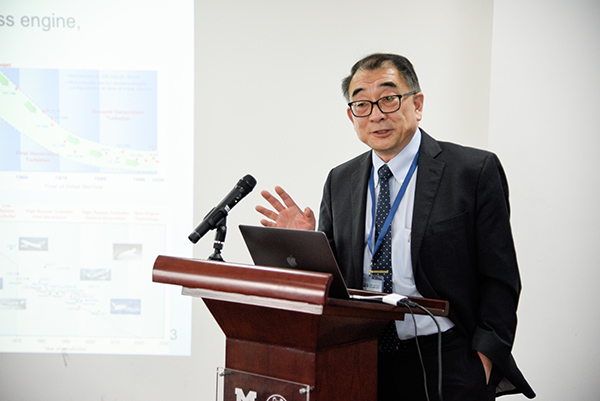
Professor Tom I-P Shih of aerospace at Purdue University presented a report titled “Challenges in measurement, computation, and quantification of gas turbine heat exchanges.” He pointed out that raising the temperature of the gas turbine nozzle to increase the thermal efficiency of the entire gas turbine has been one of the hot topics in this field. In the past few decades, although the nozzle temperature has been greatly improved, it still is below the optimal temperature. However, due to the high temperature of the nozzle, even the best gas turbine material will fail. Currently, 15% -30% of the air can be mixed into the gas turbine to reduce the temperature of the material. Professor Shih outlined the gas turbine cooling technology and pointed out the opportunities and challenges faced by designing the structure to drastically reduce the temperature of the cooling nozzle.
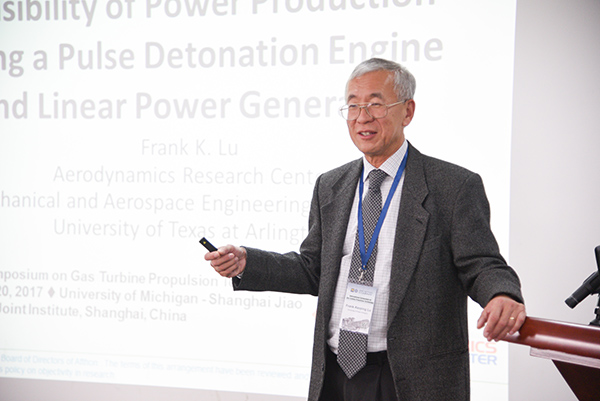
Professor Frank Lu at the University of Texas-Arlington presented “Feasibility of generating power using pulsed explosive and linear generators,” arguing that the pulsed explosion engine has broad application prospects in the field of aviation propulsion and power generation because of its high thermal efficiency, compactness, and energy density. However, there are still some challenges in pulsed explosion engines, such as the difficulty of an actual explosion and the influence of repeatable and hot pulsating airflow on structural integrity. In response to this problem, Frank Lu pointed out a relatively simple solution to generate power by using a pulsed detonation engine to drive a linear generator. He reported in detail the experimental results and valuable experience gained in this area.
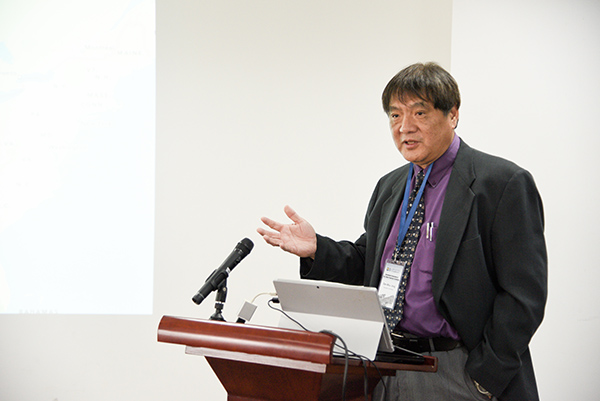
Professor San-Mou Jeng of aerospace engineering and engineering mechanics at the University of Cincinnati gave a speech entitled “Advanced low-emission gas turbine combustion.” Based on the hot issue of the environmental impact of pollutant emissions from aviation gas turbine generators, he introduced three kinds of NOx reduction combustion: lean premixed (LP), lean direct injection (LDI) and Rich-Quench-Lean (RQL) combustion, explaining their emission reduction principles as well as their latest research progress in the field of aero-engine.
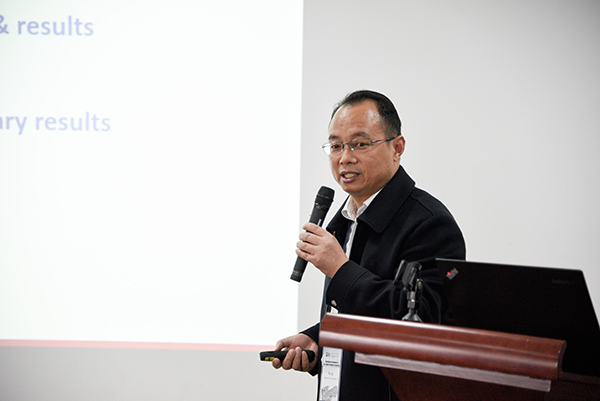
Professor Fei Qi of mechanical engineering at SJTU delivered a speech titled “Recent advances in the studies of synchrotron radiation VUV photoionization mass spectrometry and combustion in laser spectroscopy,” sharing pyrolysis problems of the synchrotron radiation VUV photoionization mass spectrometry and the laser spectroscopy in a flow reactor; oxidation problems in jet-stirred reactors; premixed flames; co-flow diffusive flame; and PAHs analysis. In addition, Professor Qi introduced SJTU’s research of the diagnostic system for laser combustion and its application in various burners.
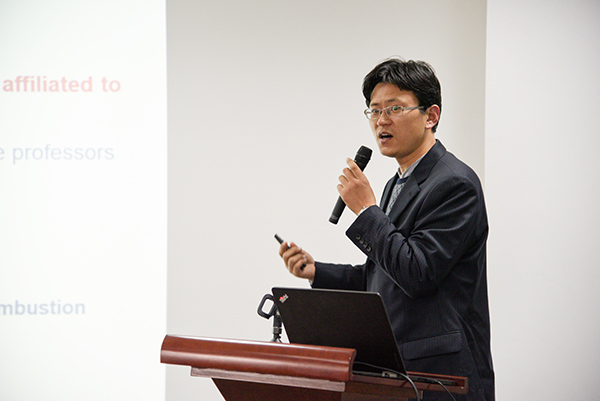
In his speech entitled “Combustion dynamics of multi-nozzle combustors,” Professor Binfu Ge from SJTU School of Mechanical Engineering introduced the Turbomachinery Institute’s experiments and numerical studies on the potential instability drive mechanism in the combustion of multi-nozzle gas turbines. He demonstrated the combustion instability, anti-swirl, and co-swirl array of the multi-nozzle can combustor. Phase-locked planar laser-induced fluorescence (PLIF) imaging was used to characterize the flame response under self-excitation, and the flame Rayleigh index was used to reveal the triggering mechanism for instability of multi-nozzle flame combustion.
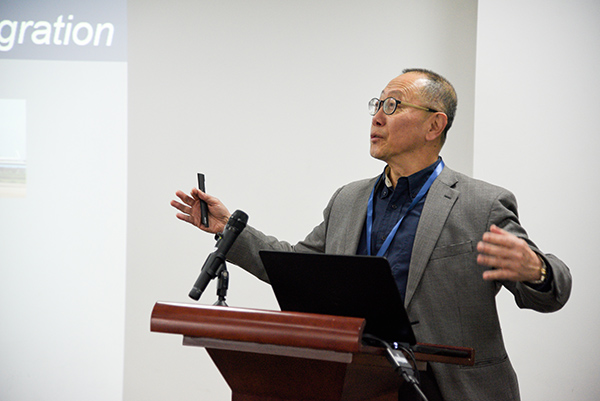
Professor Anzheng Wang from SJTU School of Mechanical Engineering delivered a speech entitled “Aeronautical propulsion system – from genetic engineering to system integration,” introducing the aviation propulsion system, one of the most challenging and complex products in the field of gas turbine engineering. Proceeding from a high level, he summarized the process of design, integration, and certification of the aviation propulsion system, and he identified the key pathways in the design of aeronautical propulsion systems and the key technologies necessary for the development of new engines.
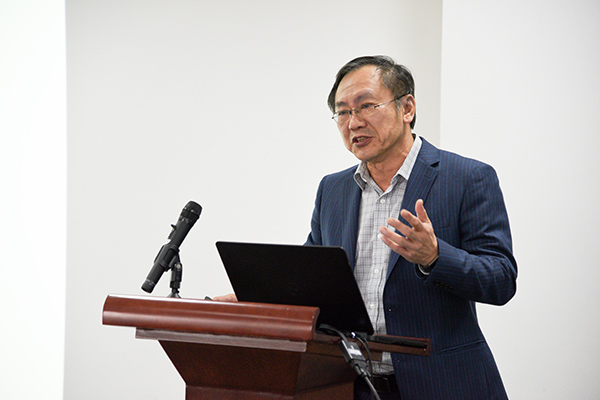
Minjing Qiu, the dean of the Pittsburgh College at Sichuan University, presented a talk titled “Enhancing turbine cooling manufacturing technology,” pointing out the importance of designing a novel internal airfoil in the development of turbine technology today. He introduced the near-surface cooling strategy implemented by using state-of-the-art additive manufacturing technology, and he discussed various enhanced cooling techniques as well as the flow and heat transfer characteristics in cooling channels.
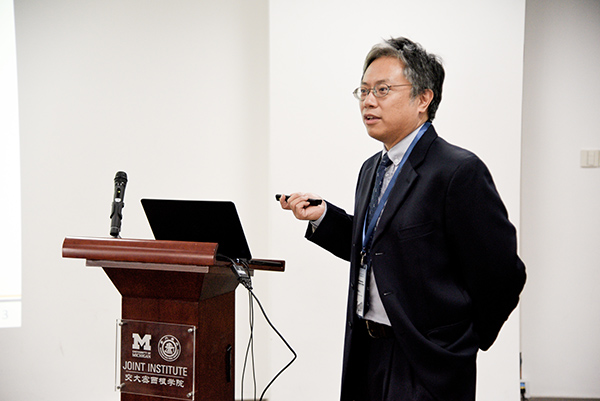
JI Professor Mian Li gave a talk titled “Probability design of the gas turbine shell,” reporting the progress of his research on reducing the thickness of the main hull of gas turbine products. Based on the historical data of the boundary conditions, he plans to use Monte Carlo simulation to estimate the reliability of casing and establish Gaussian process as an alternative model to the finite element analysis so as to improve the computational efficiency. He asserts that optimizing the thickness of the main shell can maximize the economic benefits under reliability constraints.
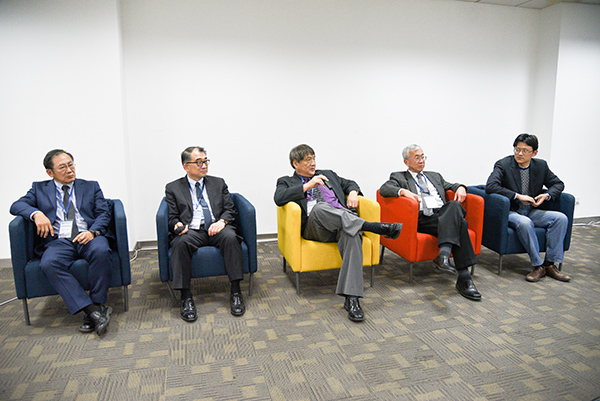
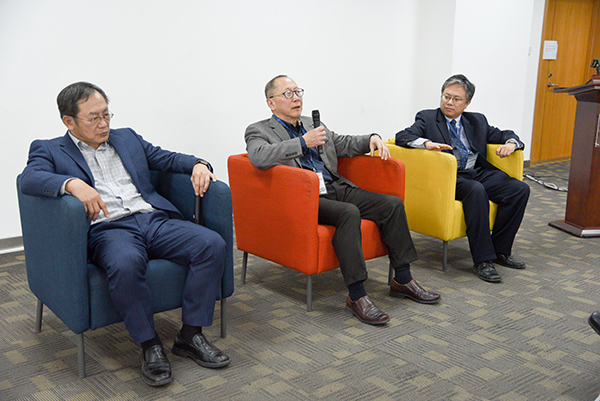
The two-day conference included two forums on gas turbine propulsion technology and manufacturing technology respectively. Based on their expertise and experiences, scholars and students in related fields elaborated on the two topics from different angles and exchanged ideas on how to overcome the bottlenecks of research and achieve leapfrog development at the current technology level in China.
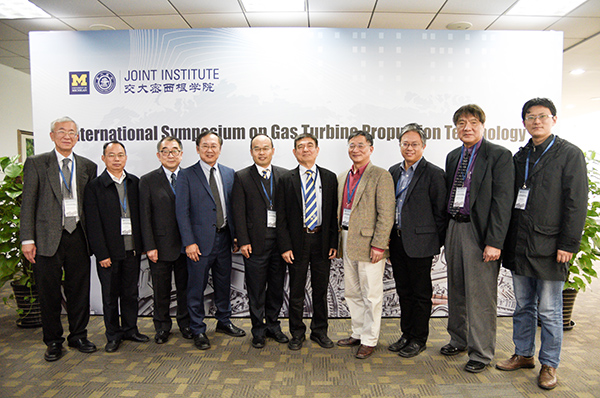
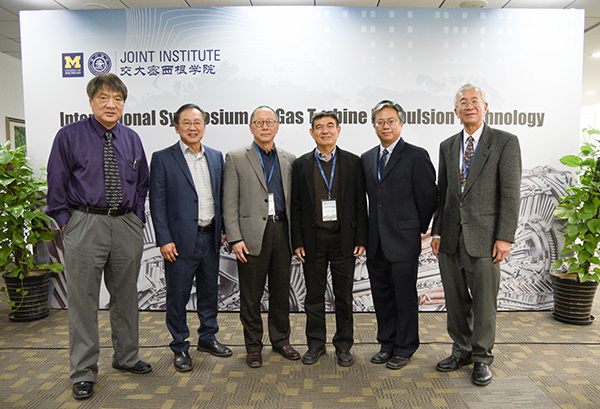 Attendees of the symposium
Attendees of the symposium
The symposium was organized by the UM-SJTU Joint Institute. The themes of this conference focused on the new propulsion technologies of combustion, heat transfer, compressors, and detonation engine of the aircraft engines. The conference aims to provide a platform for international experts to exchange ideas on the current problems and challenges facing gas turbine propulsion technologies.





